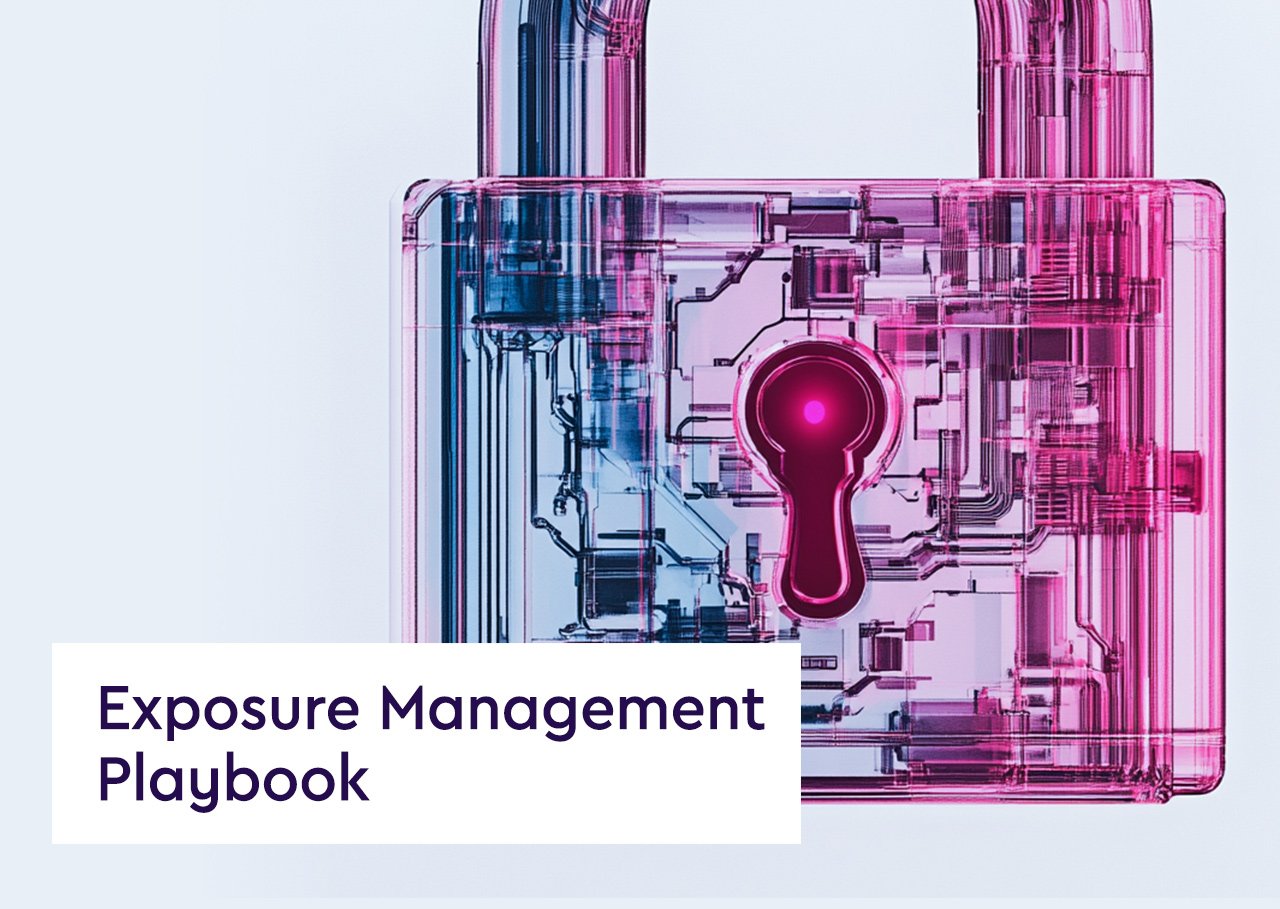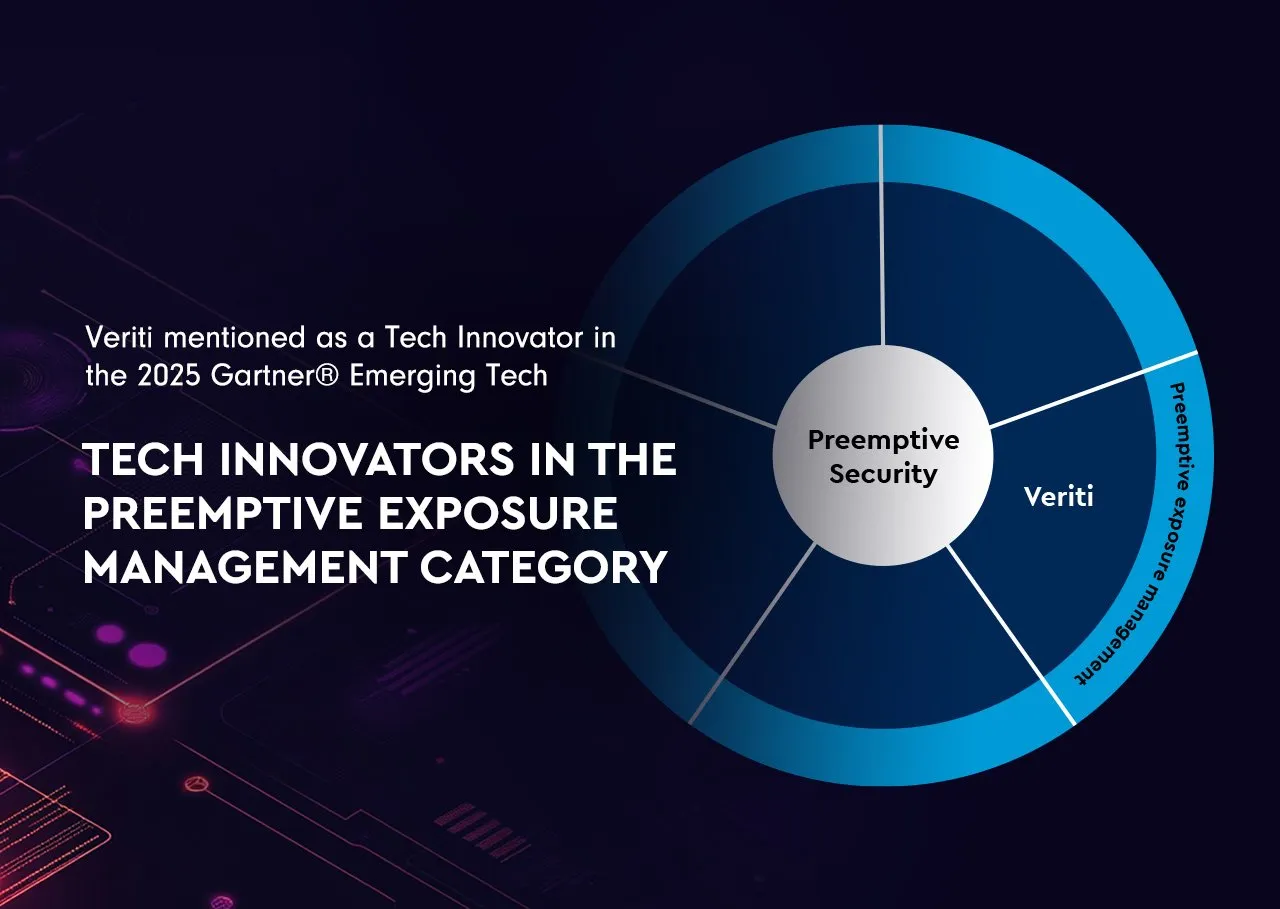Definition: Risk Management in the context of cybersecurity refers to the process of identifying, assessing, and controlling threats to an organization’s capital and earnings. These threats, or risks, could stem from a variety of sources, including financial uncertainties, legal liabilities, technology issues, strategic management errors, accidents, and natural disasters. A well-structured risk management strategy is vital for identifying potential risks, assessing their likelihood and impact, and determining appropriate mitigation strategies.
Key Elements of Risk Management:
- Risk Identification: Recognizing potential risks that could negatively impact an organization.
- Risk Assessment: Evaluating the likelihood and impact of identified risks on organizational operations.
- Risk Mitigation: Implementing strategies and controls to manage or mitigate the impact of these risks.
- Monitoring and Review: Continuously monitoring the risk environment and reviewing the effectiveness of risk management strategies.
Importance of Risk Management:
- Protects Resources: Helps safeguard the organization’s assets, including data, reputation, and financial resources.
- Improves Decision Making: Provides a structured approach to identifying and tackling potential threats, leading to better-informed decision-making.
- Enhances Resilience: Improves an organization’s resilience against unforeseen events and operational disruptions.
- Regulatory Compliance: Ensures compliance with laws and regulations that mandate risk management practices.
Challenges in Risk Management:
- Evolving Threat Landscape: Keeping pace with the rapidly changing nature of risks, particularly in the context of cybersecurity.
- Resource Allocation: Effectively allocating resources to address risks without overextending or neglecting other areas.
- Complexity of Risk Assessment: Accurately assessing the potential impact and likelihood of risks can be challenging.
Best Practices for Risk Management:
- Comprehensive Risk Assessment: Conducting thorough and regular risk assessments to stay ahead of potential threats.
- Cross-functional Involvement: Engaging various departments within the organization for a holistic view of risks.
- Risk Response Planning: Developing well-defined risk response plans for potential scenarios.
- Continuous Monitoring and Improvement: Regularly monitoring risk management processes and adapting strategies as necessary.
Conclusion: Risk Management is a critical practice in any organization, particularly in the field of cybersecurity. It involves a proactive approach to identifying, assessing, and mitigating potential risks. Effective risk management not only protects an organization from various threats but also supports sustainable growth and operational stability.




